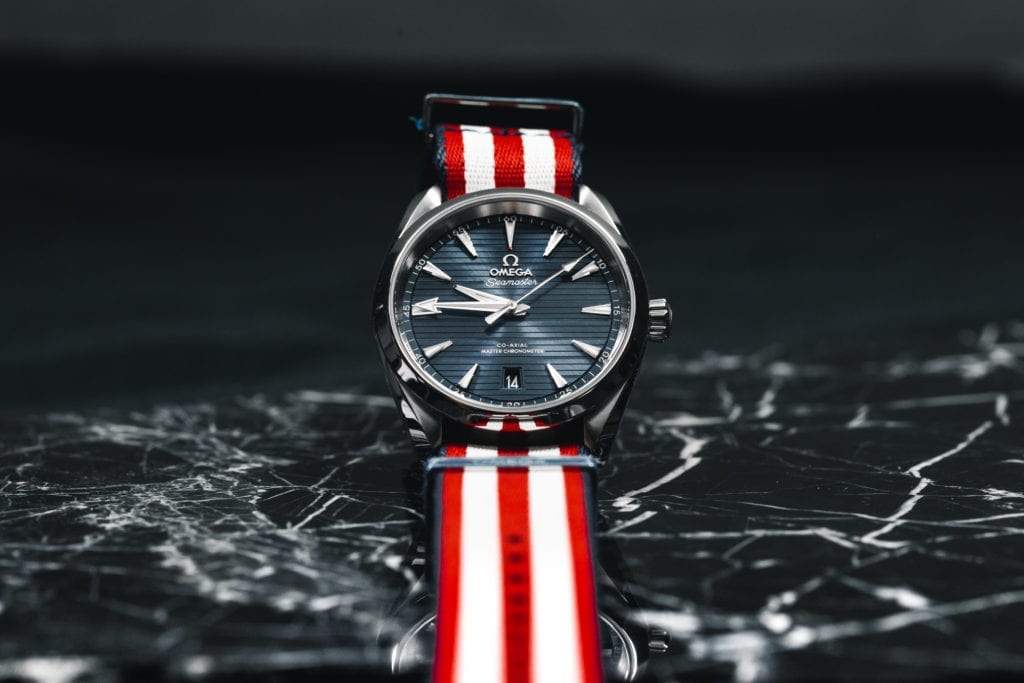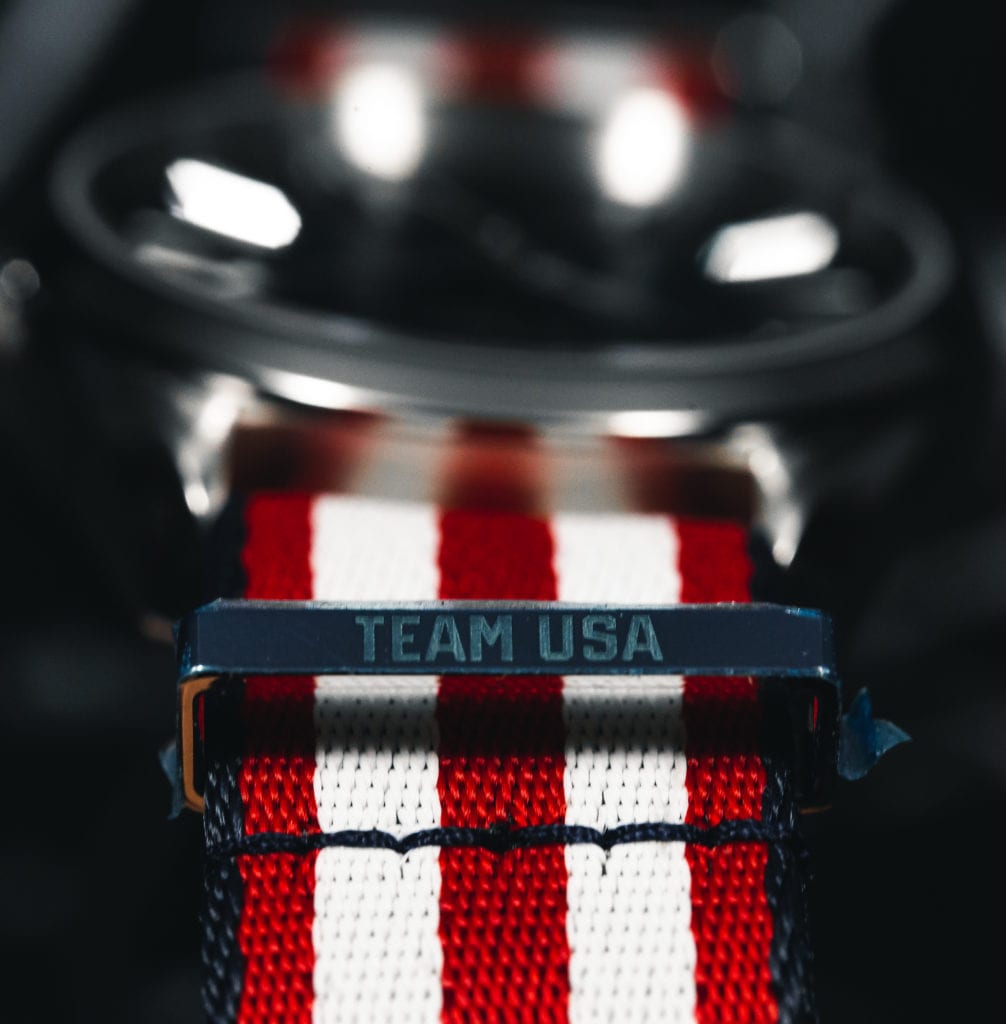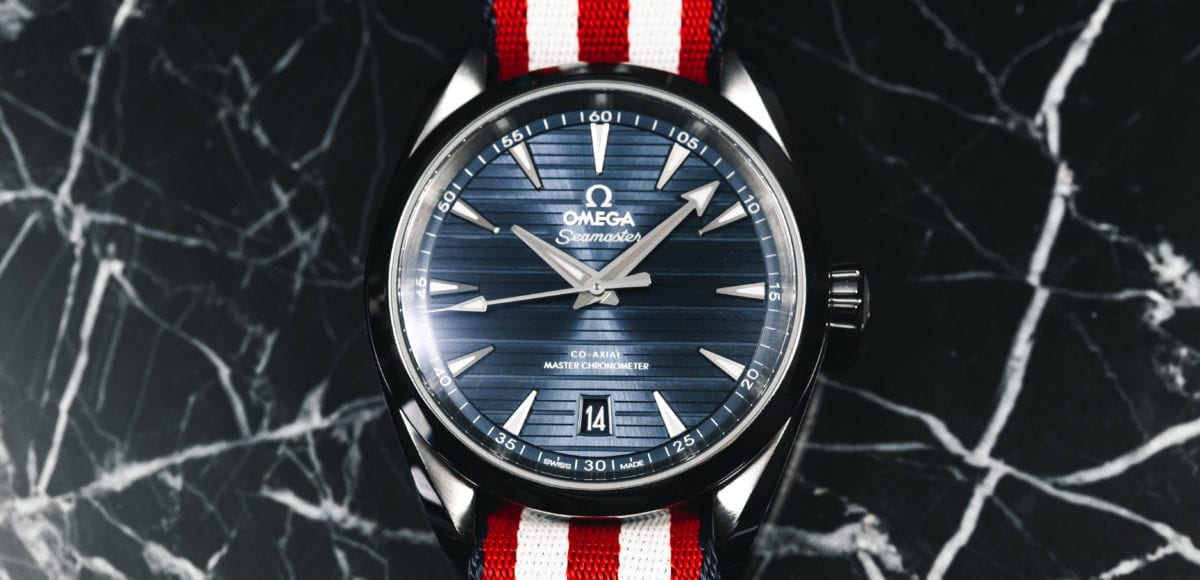Comparing Olympic Sledding
Skeleton is one of the most mysterious Winter Olympic sports. Sledding events, such as skeleton, are also some of the most exciting and potentially dangerous competitions. Just like many of our favorite watches, skeleton has its roots in Switzerland. The sport originated in St. Moritz. If you’re not familiar with the city, it is to winter sports what Geneva is to watches. The first skeleton track dates all the way back to 1884. However, the sport didn’t join the Winter Olympic Games until over four decades later in 1928. Even then, it didn’t become a permanent fixture of the competition until just after the new millennium in 2002.

You may be wondering about the difference between the luge, bobsled, and skeleton. Luge races take place in both singles and doubles. Athletes lie on their backs and slide feet first down an icy track. They do so on a lightweight 50-pound sled at an average speed of 90mph. Luge is one of the most precisely timed winter sports, measured to one thousandth of a second. On the other hand, Bobsledding is a team sport at the Olympics. The event starts with racers running alongside the sled and pushing the handles before jumping in. Bobsledding is the fastest of the sledding sports with average speeds around 125mph.
The Basics of the Sport

Finally, there’s skeleton. Instead of hurtling down the track feet first, like luge races, skeleton athletes go head first on their stomachs. Similar to bobsledding, the race begins with a roughly 50-meter sprint in which the athletes push their 70-pound sled. Then, they dive on board for the decent. However, unlike the bobsled, the skeleton sled doesn’t have a steering mechanism. Instead, skeleton athletes must use their bodies to alter the center of gravity and shift the sled’s direction. These micro movements may be as small as the simple shift of a gaze. But keep in mind, to maintain optimal aerodynamics, competitors keep their heads down. In doing so, they come just inches away from the ice while traveling speeds of around 80mph. Like a luge race, timing comes down to hundredths of a second – the person with the fastest time wins. With races typically lasting less than a minute, every second counts.
Omega’s Impact on the Precision of Skeleton and the Olympic Edition
It’s clear time is crucial to skeleton athletes. That’s precisely why Omega has equipped them with Olympic edition watches for decades. Omega’s Olympic history dates back over 70 years. In 1948, Omega developed the first automated timers for the Winter Olympic Games in St. Moritz. Since then, Omega has proudly served as the official timekeeper of the Olympics on 28 occasions.

We’re thrilled to offer one of these authentic Omega timepieces previously owned by one of these remarkable skeleton athletes. The Aqua Terra 150M is a METAS certified chronometer powered by the brand’s Master Chronometer Caliber 8900. It features a stainless steel construction with a modern, oversized 41mm case. The model comes equipped with a nylon strap in classic red, white, and blue. This perfectly complements the handsome blue teak dial, which showcases a date window at the six-o’clock position. You can own a piece of Olympic history with this special timepiece. Happy shopping!
Get More Articles Like This in Your Inbox
We're constantly creating great content like this. So, why not get it delivered directly to your inbox? By subscribing you agree to our Privacy Policy but you can unsubscribe at any time.






